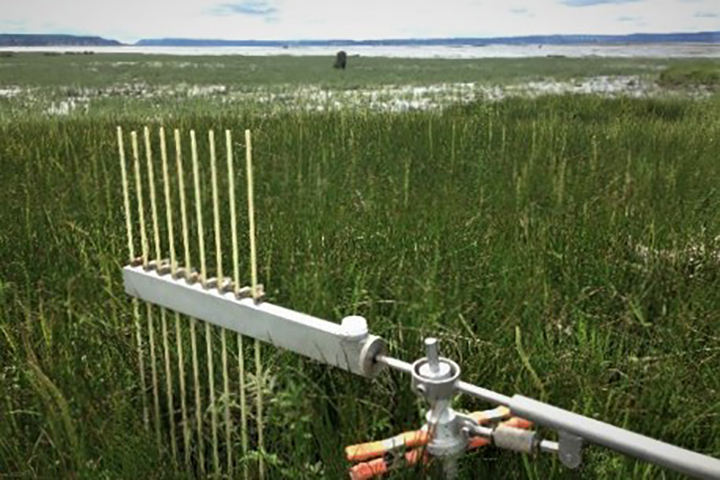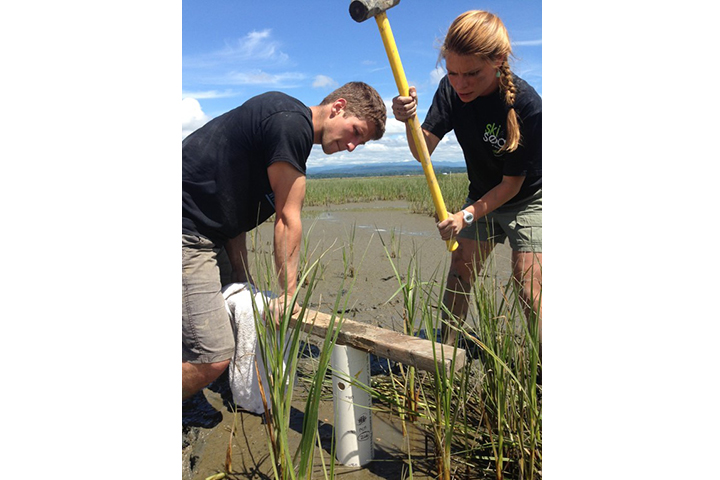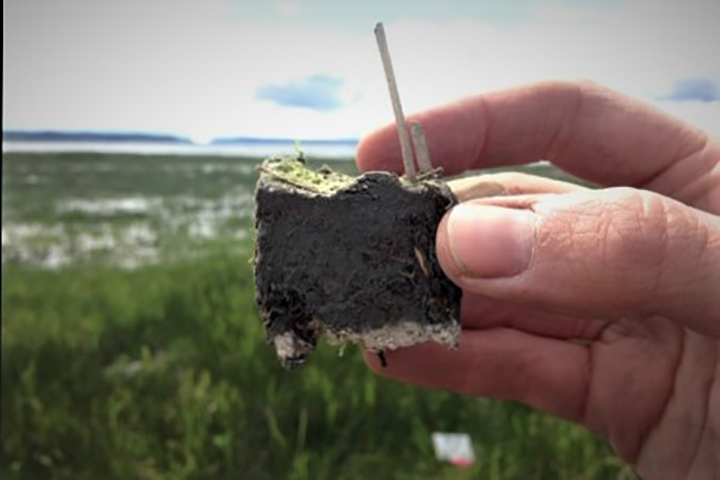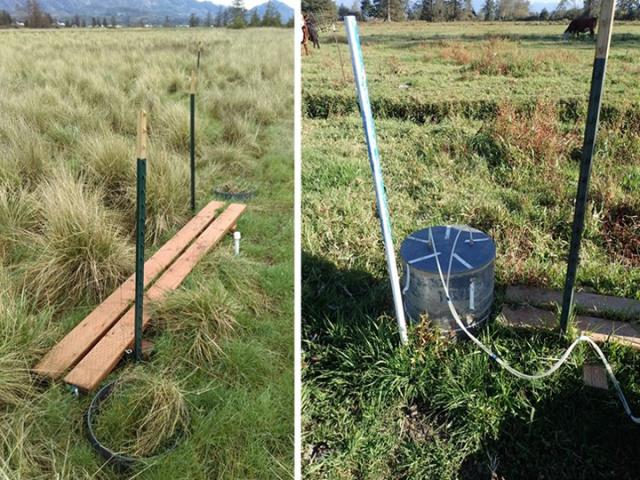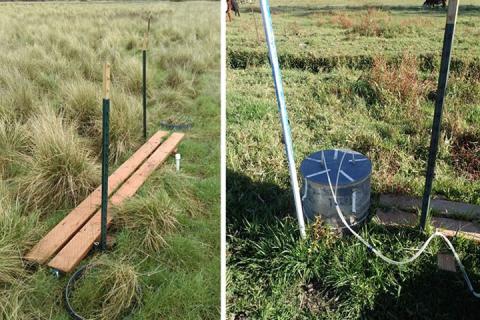
With this project, end users, including Padilla Bay Reserve and South Slough Reserve, will gain valuable regional data to inform coastal restoration efforts, including evaluating carbon finance opportunities for tidal wetland restoration initiatives.
The Pacific Northwest (PNW) Blue Carbon Working Group has completed two Science Collaborative-supported blue carbon research projects representing critical “Phase 1” steps for providing data to regional end users in support of climate mitigation planning and coastal wetland management. Prior efforts filled critical blue carbon stocks data gaps, developed a regional blue carbon database, and examined the feasibility of carbon finance in support of local coastal management. They also revealed remaining data gaps including carbon sequestration rates and methane emissions variability across major wetland classes and land uses. Filling these gaps is critical to determining the viability of carbon finance for supporting PNW coastal wetland management initiatives.
This “Phase 2” study builds on prior efforts with the following objectives:
- Fill greenhouse gas emissions and carbon sequestration data gaps for major PNW tidal wetland classes and land uses (least disturbed, agriculture, restored);
- Examine how net ecosystem carbon balance (carbon sequestration minus greenhouse gas emissions) differs among wetland types and land uses;
- Quantify blue carbon-ecosystem driver relationships;
- Expand the regional blue carbon database and provide new data to the Smithsonian’s Coastal Carbon Research Coordination Network working group to help validate a national methane emissions model; and
- Continue engaging end users to ensure this work meets their needs.
“Phase 1” projects include the Pacific Northwest Carbon Stocks and Blue Carbon Database Project and Feasibility Planning for Pacific Northwest Blue Carbon Financing Projects, supported by the Science Collaborative. More about the PNW Blue Carbon Working Group can be found here.
